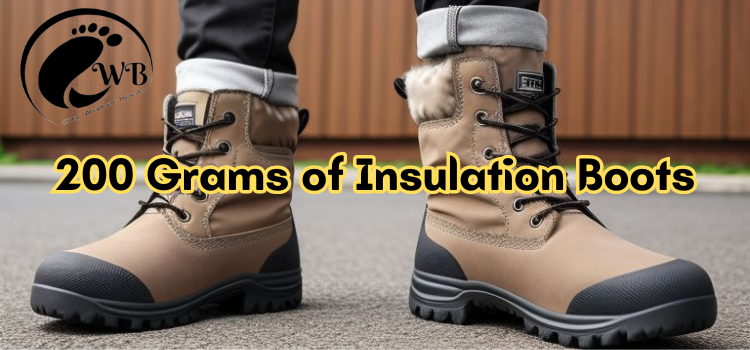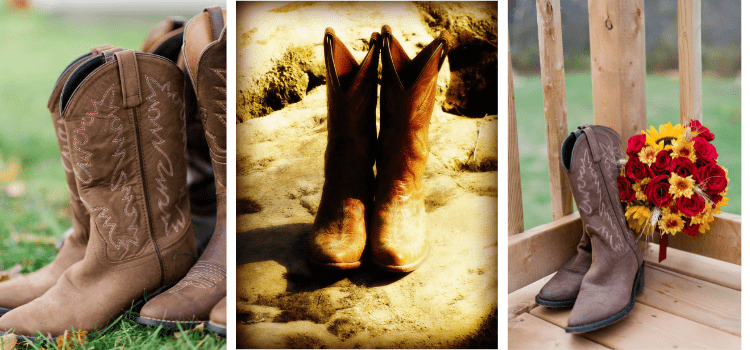How To Choose The Right Shoe Lift For Your Walking Boot
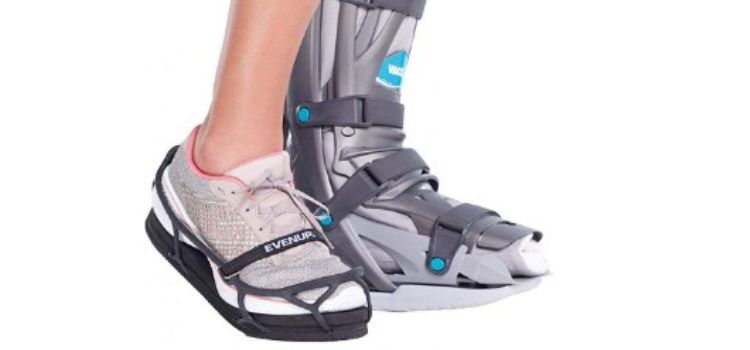
As an Amazon Associate, I earn from qualifying purchases.
If you are looking for a Right Shoe Lift For Walking Boot, there are a few things you need to consider before making your purchase. Below are tips on choosing the Right Shoe Lift For Walking Boot:
- It would be best if you determined the purpose of the shoe lift. Suppose you are looking for a shoe lift to improve your posture or to make your walking boot more comfortable. In that case, you will need to choose a different type of shoe lift than if you are looking for a shoe lift to improve your balance.
- You need to consider the size of the shoe lift. If you are looking for a shoe lift to improve your posture, you will need a larger shoe lift than if you are looking for a shoe lift to improve your balance.
- You need to consider the type of walking boots you have. If you have a high-top walking boot, you will need a different shoe lift than a low-top walking boot.
- It would be best if you considered the height of the shoe lift.
If you are looking for a Right Shoe Lift For Walking Boot to improve your posture, you will need a taller shoe lift than if you are looking for a shoe lift to improve your balance. Read More: Duck Boots vs Snow Boots: Picking the Perfect Pair for Winter Adventures!
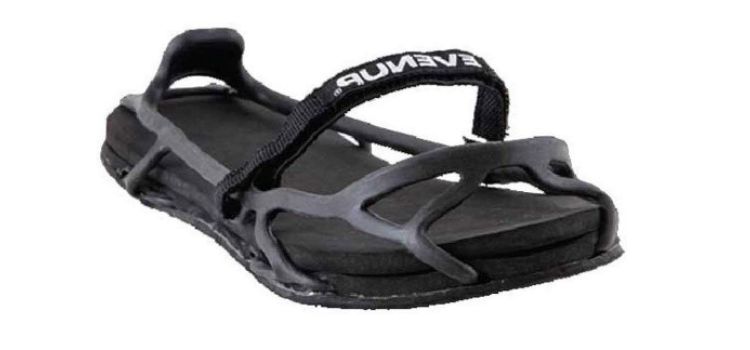
Image Credit: Amazon.com
How To Choose The Right Shoe Lift For Walking Boot.
When you are injured, you want to ensure that you get the best possible care for your injury. This includes choosing the Right Shoe Lift For Walking Boot. There are a few things that you should consider when you are choosing a Right Shoe Lift For Walking Boot.
The first thing you should consider is the type of injury you have. If you have a stress fracture, you will want to choose a shoe lift that is lower to the ground. This will help to take some of the pressure off of your injury. If you have a sprained ankle, you will want to choose a shoe lift that is higher off the ground. This will help to stabilize your ankle and prevent it from moving around too much.
The second thing you should consider is the size of the shoe lift. You will want to ensure that the Right Shoe Lift For Walking Boot is the right size for your foot. If the shoe lift is too big, it will not provide the support you need. If the shoe lift is too small, it could cause more harm to your injury.
The third thing you should consider is the material of the shoe lift. You will want to choose a Right Shoe Lift For Walking Boot made of breathable material. This will help to keep your foot cool and dry. You will also want to choose a comfortable shoe lift. You do not want to worry about your shoe lift rubbing against your injury.
The fourth thing you should consider is the price of the shoe lift. You will want to ensure that you get an affordable shoe lift. There are many different types of shoe lifts on the market, so you should be able to find one that fits your budget.
The fifth thing you should consider is the warranty on the shoe lift. You will want to ensure that you get a Right Shoe Lift For Walking Boot with a warranty. If anything happens to the shoe lift, you will be covered.
The sixth thing you should consider is the return policy of the shoe lift. You will want to make sure that you are getting a shoe lift that you can return if it does not work for

Image Credit: Amazon.com
Different types of shoe lifts
When choosing the Right Shoe Lift For Walking Boot, there are two main types: heel and toe lifts. Both types of lifts have their own benefits and drawbacks, so choosing the one that’s right for you is important.
Heel lifts are the most common type of shoe lift. They’re designed to raise your heel, which takes the pressure off your Achilles tendon and helps to reduce pain. Heel lifts are easy to put on and take off and relatively affordable.
The main downside of heel lifts is that they can make your shoes feel tighter and rub against your ankle. If you have a high arch, heel lifts make your feet slip out of your shoes more easily.
Toe lifts are the other type of shoe lift. They’re designed to raise your toes, which can help to improve balance and reduce pain in the balls of your feet. Toe lifts are more expensive than heel lifts, making them more difficult to put on and take off.
The main downside of the lifts is that they can make it difficult to walk, and they can rub against your toenails. If you have a high arch, you may also find that toe lifts make your feet slip out of your shoes more easily.

Image Credit: Amazon.com
How to measure your foot for a shoe lift
There are two ways to measure your foot for a shoe lift. The first is to trace your foot onto a piece of paper and then measure the length and width of the tracing. The second is to use a measuring tape to measure the length and width of your foot directly.
If you are using a tracing, trace the entire foot, including the heel. It is also important to trace accurately – do not guess at the measurements. Once you have the tracing, measure the length from the heel to the tip of the longest toe. Then, measure the width of the tracing at the widest part of the foot.
If you are using a measuring tape, place the tape at the heel of the foot and measure the length to the tip of the longest toe. Then, measure the width of the foot at the widest part.
Once you have the length and width measurements, you can use a shoe size chart to determine the appropriate size for a lift. It is important to note that shoe sizes vary significantly between manufacturers, so it is always best to try on a shoe with a lift before purchasing it. Read Also: Unveiling the Distinction: Snowboard Boots vs. Snow Boots
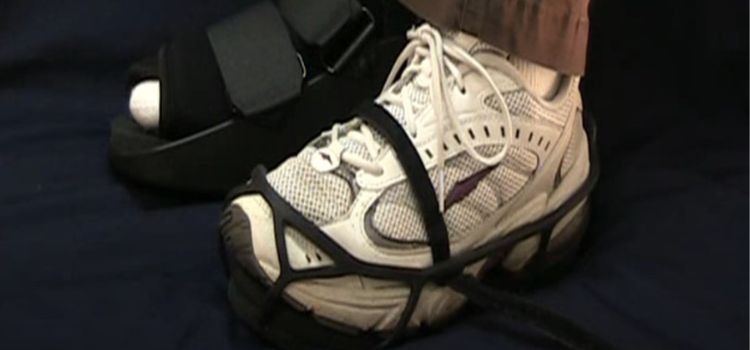
Image Credit: Amazon.com
How to choose the right size shoe lift
When shopping for a shoe lift, it is important to make sure that you choose the right size. The wrong size can cause discomfort and may even lead to injury. Here are some tips to help you choose the right size shoe lift:
1. Measure your foot. Use a tape measure to determine the length and width of your foot. This will help you to determine what size shoe lift you need.
2. Try on the shoe lift. Once you have determined the size of shoe lift you need, it is important to try it on. Make sure the shoe lift is comfortable and does not cause any pain.
3. Walk around in the shoe lift. Once you have tried on the shoe lift, walk around to ensure it is comfortable. If the shoe lift is uncomfortable, it is likely too small.
4. Check the size chart. When you are shopping for a shoe lift, be sure to check the size chart. This will help you ensure that you choose the right size.
5. Ask for help. If you are still determining what size shoe lift you need, ask for help from a salesperson. They will be able to help you choose the right size.
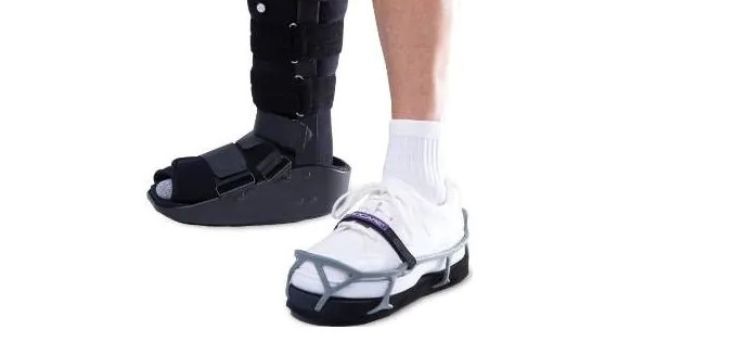
Image Credit: Amazon.com
How to install a Shoe Lift For Walking Boot
If you have a walking boot, you may need a shoe lift to keep your foot level. Choosing the right shoe lift can be tricky, but with a little research, you can find the perfect lift for your needs. Here are a few tips to help you choose the right shoe lift for your walking boot.
1. Know your measurements. Before choosing a shoe lift, you need to know your measurements. Measure the height of your walking boot from the ground to the top of the boot. This will give you an idea of how much lift you need.
2. Choose the right type of lift. There are two main types of shoe lifts: heel lifts and toe lifts. Heel lifts are placed under the heel of your walking boot, while toe lifts go under the toe. Choose the type of lift that will best address your needs.
3. Consider your budget. Shoe lifts can range in price from $20 to $200. Choose a lift that fits within your budget.
4. Compare brands. Not all shoe lifts are created equal. Compare brands to find the best lift for your needs.
5. Ask your doctor. Ask your doctor or orthopedic specialist if you still need to decide which lift is right. They can help you choose the best lift for your needs.
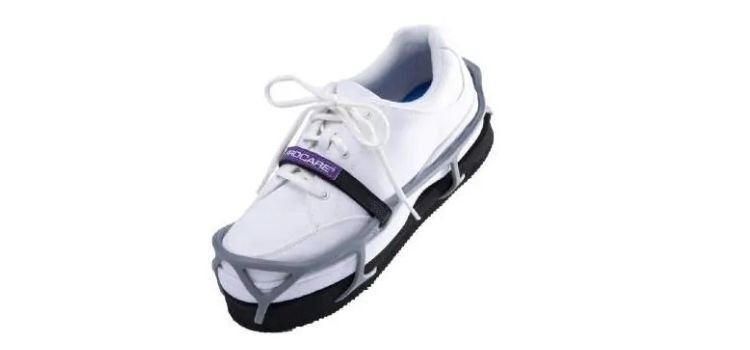
Image Credit: Amazon.com
How to care for your Shoe Lift For Walking Boot
Shoe lifts are a great way to improve your mobility and reduce pain. But, like any other orthopaedic device, they require proper care and maintenance to stay in good condition. Here are a few tips on how to care for your shoe lift:
1. Keep them clean: Wipe down your shoe lifts with a damp cloth after each use. This will help remove any dirt, sweat or other debris that could cause them to break down over time.
2. Store them properly: When you’re not using your shoe lifts, store them in a cool, dry place. Avoid storing them in direct sunlight or humid conditions, as this can cause them to warp or break.
3. Check for wear and tear: Inspect your shoe lifts regularly for any signs of wear and tear. If you notice any cracks, holes or other damage, replace them immediately.
4. Don’t abuse them: Don’t use your shoe lifts for anything other than their intended purpose. Don’t try to adjust them yourself, and don’t use them for activities that could damage them, such as running or playing sports.
5. Follow the manufacturer’s instructions: Be sure to read and follow the manufacturer’s instructions for the use and care of your shoe lift.
By following these simple tips, you can help extend the life of your Right Shoe Lift For Walking Boot and keep it in good condition.
